People have loved fizzy drinks for years, though we’re not completely sure why. Scientists say it’s not really the bubbles that make them delicious, but the carbonic acid in them. The acid activates the pain receptors in your mouth with the same sensation produced by spicy food, and makes your tongue hurt a little in a strangely good way.
Regardless—if a special occasion is coming up, chances are you’re already thinking of a bubbly drink to celebrate.
Check Sparking Wine Prices Online
Sparkling Wine Varieties
There are various sparkling wines out there. What makes them different are the kind of grapes used, their place of origin, and the method used to make them.
Sparkling wines are typically grown in a cool climate, and come from grapes that take longer to ripen, taste less sweet, and have higher acidity.
Champagne
Sparkling wine can only be called Champagne if it comes from that same region in north-eastern France, where winemakers mainly use chardonnay, pinot noir or meunier (also referred to as Schwarzriesling) to make them.
Champagne is made using the traditional method where the cuvee or a blend of base wines is fermented further inside a bottle using sugar and yeast. This creates and traps carbon dioxide inside the bottle.
Wine is allowed to age on dead yeast particles, called lees, from nine months to five years. The bottles are later rid of the lees before a mixture of wine and sugar is added, then they are corked.
The length of lees aging enhances the overall structure—acidity, sweetness, tannins, and alcohol level—of wine.
Cava
Spanish sparkling wine, called cava, is predominantly made from a trio of native grapes: the Macabeo, Parellada, and Xarel-lo. It got its name from the caves where the wines were originally aged.
Ninety-five per cent of cava is produced by the northeastern Spanish wine region of Penedes in Catalonia. However, places like La Rioja, Navarra, Aragaon, Valencia, Euskadi, Extremadura, Pias Vasco, and Valencia also make this wine.
Like Champagne, Cava is produced with the traditional method. It comes in various styles, although the base model (aged for a minimum of nine months on the lees) is Cava Brut. There’s also Reserva Cava (aged for at least 15 months), Gran Reserva (minimum 30 months), and Cava Paraje Calificado (minimum 3 years).
Prosecco
Prosecco is a sparkling wine from the northeastern Italian provinces of Veneto and Friuli Venezia Giulia. Authentic Italian Prosecco is made of 85% Glera grapes.
The Martinotti Charmat method, named after oenologist Federico Martinotti and inventor Eugène Charmat, is used to make Prosecco. Here, the base wine is put through secondary fermentation in stainless steel tanks also referred to as autoclaves, where yeast and sugar are added. The tank is sealed to prevent carbon dioxide from escaping. The yeast is removed when sugar turns into alcohol and CO2. The longer the fermentation, the better the aroma and the more long-lasting the bubbles become.

Check Sparking Wine Prices Online
Can You Get Drunk on Sparkling Wine?
Yes, you can. (People search for this question in Google.) The carbonic acid stimulates blood circulation in your intestinal linings and stomach, which in turn allows more alcohol to be absorbed in your bloodstream. It’s the bubbles and carbon dioxide that make your body’s biomembranes, or the thin layer covering your cells, more permeable to alcohol. The higher concentration of alcohol in your blood then results in intoxication.
Best of Foreign Sparkling Wines
Aussies are fascinated with sparkling wine, especially Champagne. In fact, Australia is the world’s sixth-largest Champagne market by volume. Some domestic winemakers are actually working with French partners to come up with collaborative creations.
Meanwhile, the same can’t be said of Italy’s Prosecco due to the burgeoning growth of the locally made version produced by King Valley wineries. Still, there are Italian products worthy of your attention.
Here are five French sparkling brands and one Italian Prosecco that you may want to pop at your next party:
NV Champagne de Venoge Cordon Bleu Brut
Champagne de Venoge’s winemaking history dates back in the late 1830s. This brand is non-vintage (NV) because it’s composed of wines from three vintages: 75% from 2013, 15% from 2012, and 10% from 2011.
It’s made of 50% Pinot Noir grapes, 25% Chardonnay, and 25% Pinot Meunier from over 20 different localities.
Although it’s labelled as brut champagne, this brand’s citrus flavour has hints of caramel and honey. It’s reminiscent of French pastry, nutty, with a chalky or gritty finish.
NV Lallier Serie R.015 Champagne
Over three-quarters of this sparkling wine comes from Lallier’s 2015 vintage, composed of 61% Pinot Noir grapes and 39% Chardonnay, while 20% of it comes from the 2008, 2009, and 2012 vintages.
This gold-coloured champagne effuses peach, pear, and hazelnut aromas. The 113-year old Lallier winehouse based in the Champagne village of Ay has been processing its grapes using modern facilities and refurbished cellars since 1996.
NV Collet Brut Rose
Rose champagne, also referred to as pink champagne, is produced with a small percentage of red wine blended to the white cuvee in a method called “Rose d’Assemblage.” The blending can also be done through maceration or the “Rosé de saignée” technique, where the skins of the dark-coloured grapes are allowed to “bleed” into the white grapes. This results in red fruit aromas and a yeasty character.
This peach-pink coloured drink from the Champagne-based Collet winery is composed of 50% Pinot Noir from the premiers and grands crus villages of Avenay-Vald’Or, Ay, Hautvillers, and Louvois. Meanwhile, 40% of this drink is made of Chardonnay grapes from the Vertus premier cru. Meunier grapes make up the remaining 10% of the champagne. The triad creates a fruity scent with a creamy texture and soft palate.
NV Henri Abelé Rosé
This rose brand from Champagne’s Maison Henri Abele is made of 40% Pinot Noir, 30% Chardonnay, and 30% Pinot Meunier.
With grapes aged for three years on lees, the resulting champagne smells of strawberry and raspberry. It’s dry but savoury, with an acidic, vanilla flavour.
NV Marcel Martin Tete du Cuvee Cremant de Loire
Made by the Marcel Martin winery based in France’s Loire Valley, this brand is the hottest French sparkling wine in Australia due to its champagne-like quality but reasonable price. This sparkler was even developed using the same techniques as champagne. However, since the grapes used are grown outside Champagne, it officially belongs to the Cremant group of sparkling wine.
Chardonnay, Cabernet Franc, and Chenin Blanc grapes make this sparkler exude green apple and sea spray aromas.
Its cuvee spent 18 months on lees, higher than the minimum 12 months in the French region certified for champagne production.
NV Belstar Prosecco DOC Brut
This Italian sparkler is a product of the 500-year-old Bisol winery of Veneto.
The pale yellow Prosecco with light green undertones is a fragrant drink with floral, apple, pear, mango, and rockmelon aromas.
In the usual Prosecco fashion, Glera grapes were pressed and fermented slowly to produce wine that’s dry but has a silky mouthfeel.
Australian Sparkling Continues to Bubble Up
Australia’s sparkling wine regions include Tasmania, Orange and Tumbarumba in New South Wales, Adelaide Hills in South Australia, and Yarra Valley and King Valley in Victoria.
The acceptance overseas of sparkling wine made in Australia started building up in 2015 until it reached international acclaim in 2017. Its domestic and global appeal is showing no signs of abating, so let’s enjoy a few bottles, shall we?
Check Sparking Wine Prices Online
Here are some local Australian bubblies to try:
NV Tahbilk One Million Cuttings Sparkling
Counted as one of Australia’s First Families of Wine, the nearly 160-year-old Victoria-based winery of Tahbilk uses 85% Chardonnay and 15% Pinot Noir for this sparkling concoction.
The grape parcels were separately fermented in French oak and had extended time on lees.
The light golden yellow wine has a Prosecco-like flavour, with aromas of white peach and brioche.
NV Anon Tasmanian Sparkling Cuvee
This sparkling Australian wine is the creation of veteran Tasmanian winemaker Glenn James.
Grapes for this sparkler were harvested from Coal River and Huon Valley, East Coast, and Tamar Valley.
It smells of red fruit and spice, with almond and oatmeal characters and a rounded mouthfeel.
NV Zilzie Regional Collection King Valley Prosecco
This Prosecco is produced by the Zilzie winehouse using the metodo Italiano style of secondary fermentation, with the juice fermented in stainless steel tanks. This dry sparkler also has a refreshing spritz with crisp apple and pear notes.
Best Sparkling Wine
Good sparklers must be fruity but not necessarily sweet, acidic, and, of course, bubbly. Researchers say that larger bubbles release aromatics better although wine experts say the finer and more translucent the bubbles, the better. Science also suggests that longer fermentation periods produce more biscuity aromas and creamier flavours in sparkling wines.
If you want to enjoy a more aged concoction that’s dry but flavourful, the NV Lallier Serie R.015 Champagne is a good choice. On the other hand, you may want consider the NV Marcel Martin Tete Du Cuvee Cremant de Loire if you prefer something young and light.
Trying to choose the best Australian sparkling wine from the three wineries featured earlier? It’s really a matter of personal style. Anon’s sparkler is for you if you want a bubbly that’s more complex but elegant. Meanwhile, Zilzie’s Prosecco is an option if you want something more straightforward but refreshing.

Most Inexpensive Sparkling Wine
This title goes to the NV Tahbilk One Million Cuttings Sparkling, a soft and zesty Australian sparkling wine that’s yours below $11.
Visit Wine Selectors and view its wide array of champagne and sparkling wines.
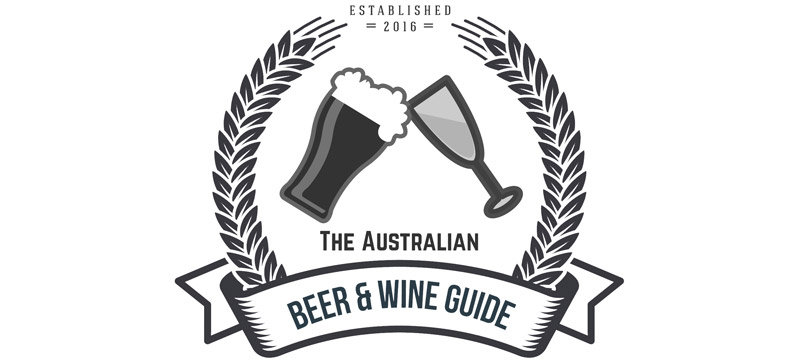





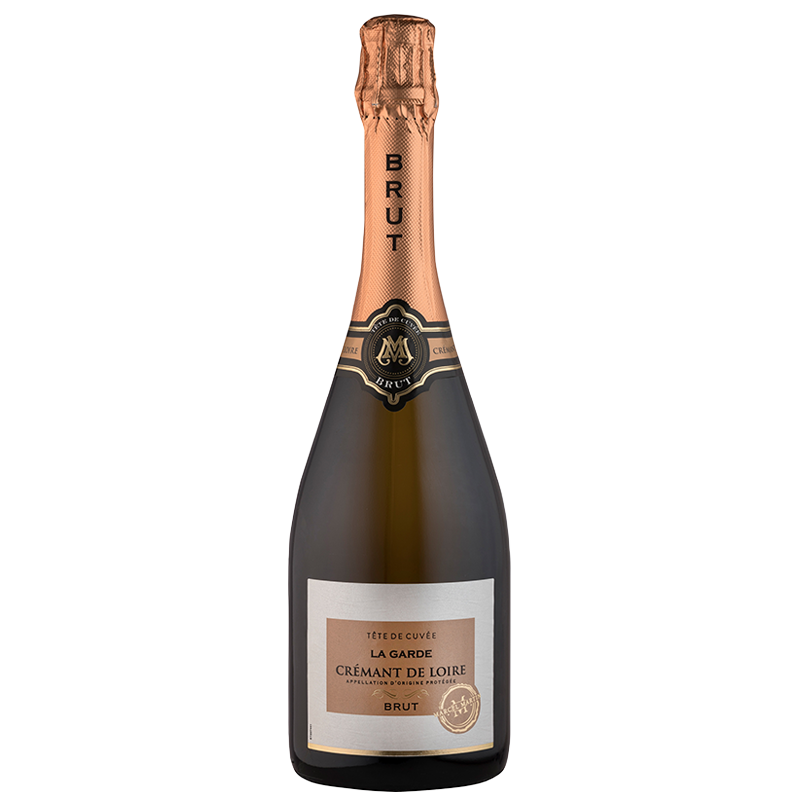



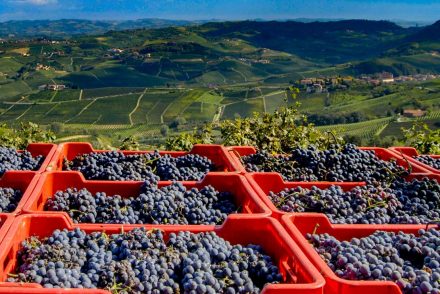
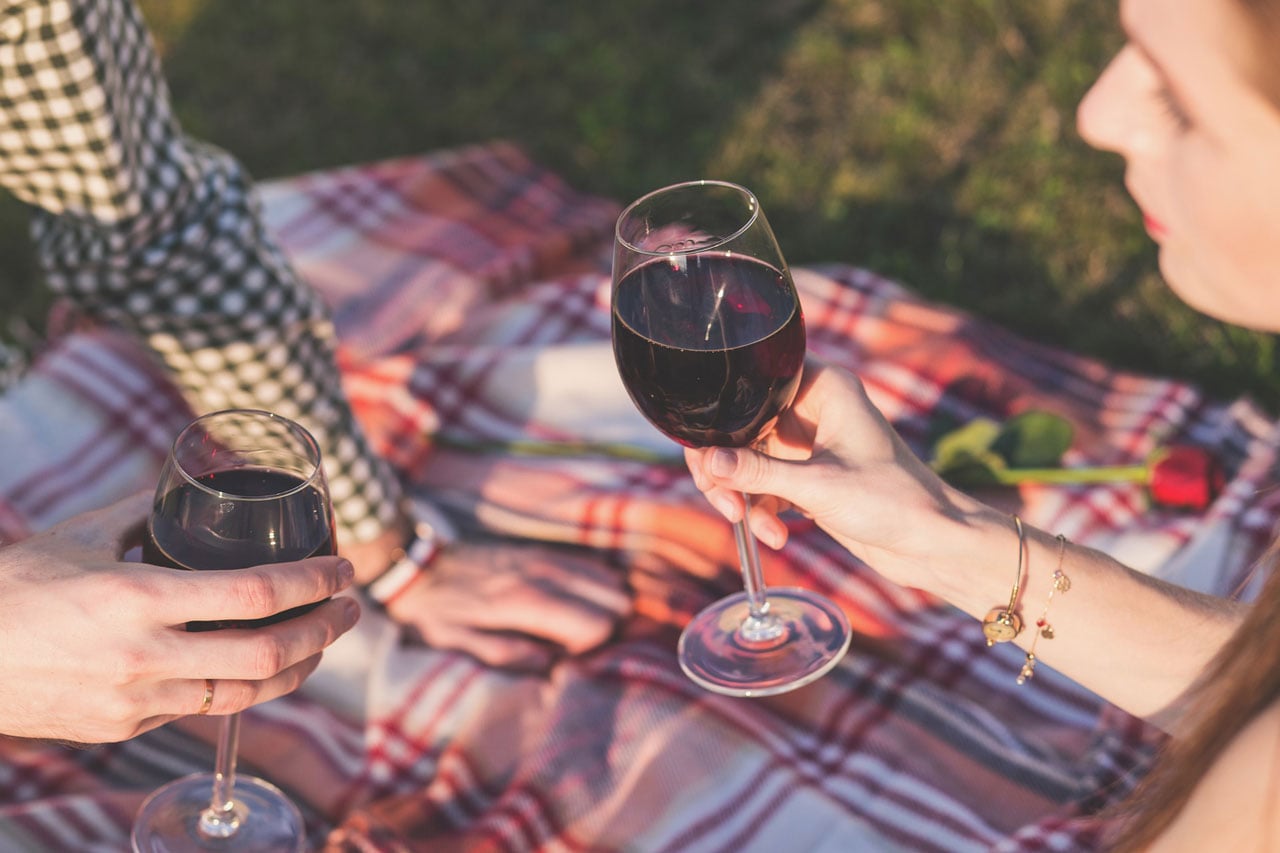
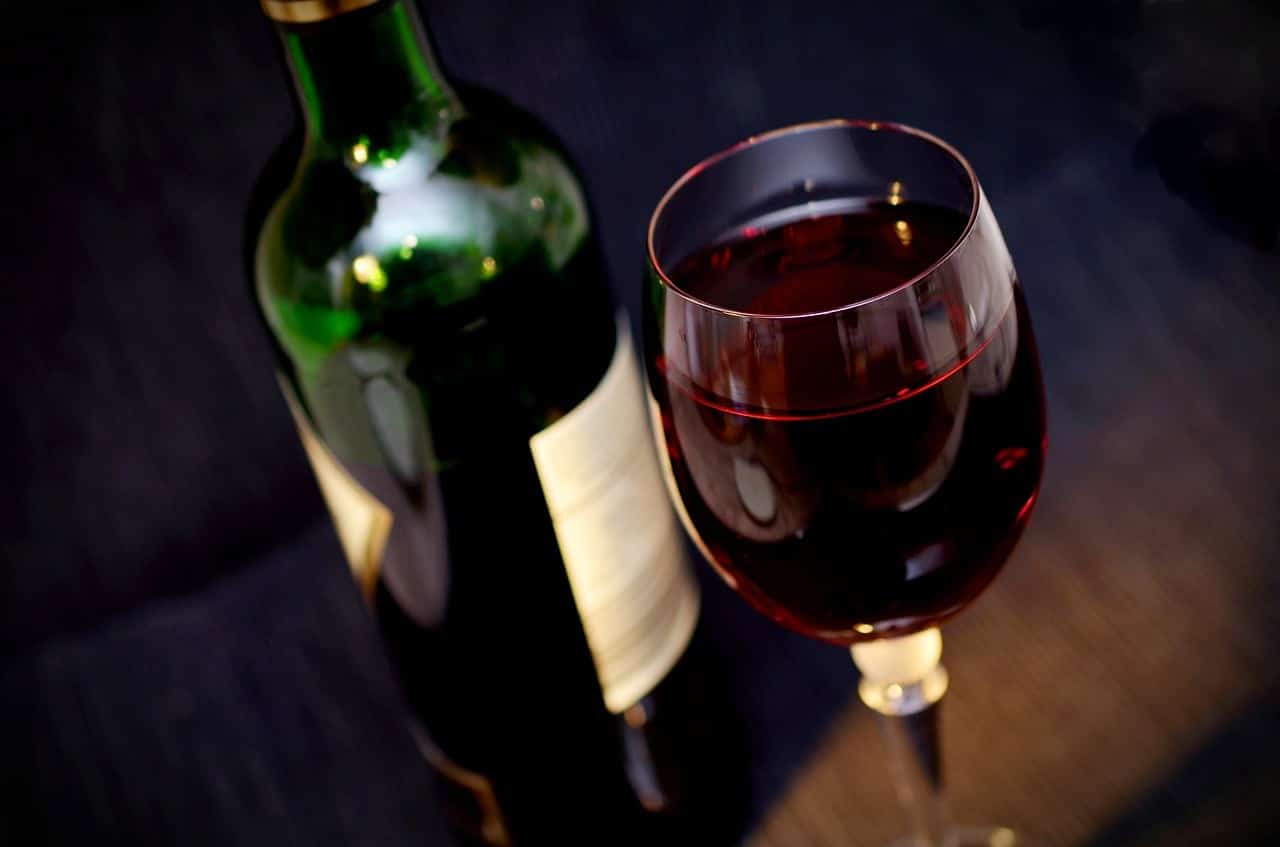
No Comments